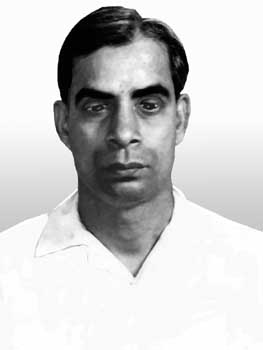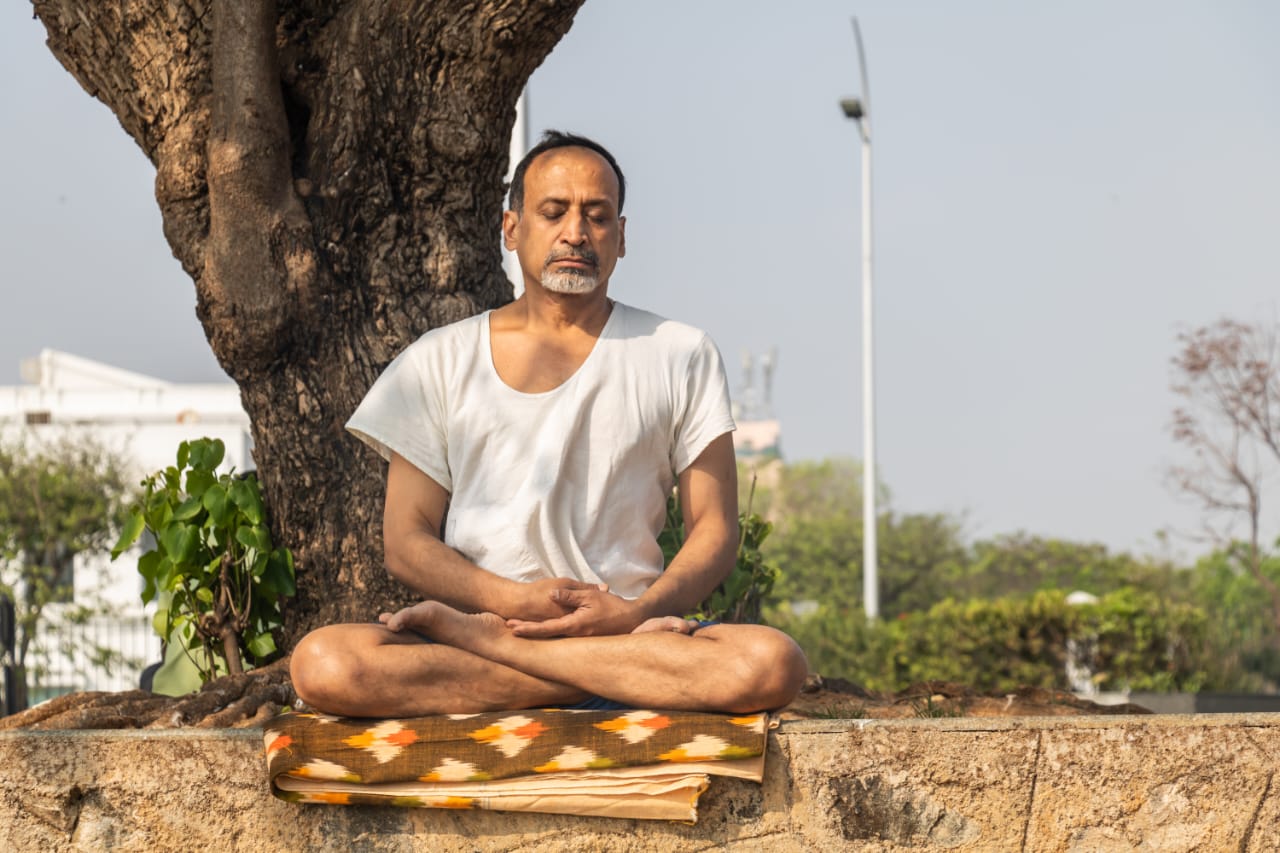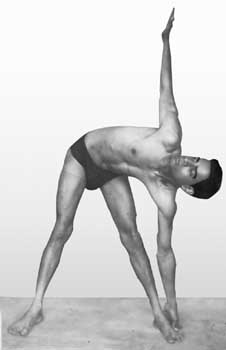What is point of focus (dṛṣṭi) gazing in āsana practice?

Dṛṣṭi is that aspect of āsana which ensures increased awareness of the practitioner by making him focus on a single point when performing any āsana.
Background: Our desires start from gaze. We look, register, judge and decide. Unfortunately, decision-making comes with bias, so we end up liking or disliking the object. Consequently, this agitates us and we end up losing our peace of mind.
Can we look without de-stabilising our peace of mind? Yes, with practice, and this is why gazing (dṛṣṭi) is important in āsana practice.
What is gazing (dṛṣṭi)?
In Yoga, dṛṣṭi is as important as breathing (prāṇāyāma) or correctness of pose (sthiram = firmness and sukham = comfort) for multiple reasons;
- First, dṛṣṭi is a precursor to bringing control to the consciousness (citta). This is because, when we practice steady gazing, the consciousness (citta) begins to lose its fluctuations, agitations and unsteadiness. Slowly, it becomes steady and serene. As a result, this allows the practitioner to be more effective at meditation practice (dhyāna).
- Secondly, dṛṣṭi increases the power of concentration. This results in increased single pointed focus (ekāgrath) which helps during meditation (dhyāna).
- However, it is absolutely vital that the gazing (dṛṣṭi) be tranquil and steady but not intense or stressed as this will tire the practitioner and stress the brain.
The nine dṛṣṭis, points of focus when performing āsanas.
-
Angushtamadhye – अङ्गूष्ठमध्ये – gazing at center of the thumb
Āsanas which use angushtamadhye are veerabhadrāsana and trikonāsana.
-
Bhrumadhye – भ्रूमध्ये – meaning center of the eyebrows

The ājñā-cakra controls the amygdala, a critical component of the limbic system which controls breathing, emotions, behaviour, memory and motivation. So, focus at the center of the brows is considered to ensure control over the ājñā-cakra and the endocrine organs.
Āsanas which use bhrumadhye-dṛṣṭi are padmasana, sukhasana and siddhasana.
-
Nāsāgre – नासाग्रे – meaning tip of the nose.
The movement of the diaphragm determines the speed with which the air crosses the septum during inhalation. Additionally, the septum is a venturi-like part of the nasal system. In fact, the entering air moving through the septum, a venture and this determines the operating temperature and pressure of air in the nasal passage. Therefore, focus on the tip of the nose is important for regulating speed and quality of air flow (ensuring non-agitated, steady and peaceful breathing) into the body.
Āsanas using nāsāgre-dṛṣṭi are all seated āsanas which lead up to meditation (dhyāna) such as padmāsana, sukhāsana and siddhāsana. Generally, one is advised against using this gaze (dṛṣṭi) in any āsana, kriya (action) or bandhā (holding) pose because of difficulty in applying focus.
- Hastagrahe – हसतग्रहे – means taking the hand as in marriage.
Here, the practitioner gazes at the palm or tips of the hand which seek or reach out.
Āsanas using hastagrahe is pincha-mayurāsana.
-
Pārshva – पार्श्व – means the side.

This is an āsana by itself, requiring the practitioner to look to the corner of the eyes on either side. Generally, the head has to be kept in straight ahead position and only the eyeballs must move. Also, this dṛṣṭi is very good for energising the ājñā-chakra.
This dṛṣṭi is used in a variation of trikonāsana.
-
Urdhva – ऊर्घ्व – means above, aloft or upwards.
This dṛṣṭi is used in bhujaṃgāsana, dhanurāsana etc.
-
Nābhicakre – नाभिचक्रे – center of the navel
This dṛṣṭi is used in pādahastāsana and paschimotanāsana.
-
Pādayoragre – पाडयोरग्रे – Gazing at the tip of the toes.
This dṛṣṭi is used in sarvāngāsana and viparīta-karaṇī
Internal Links: Dharma (conditioning), Stress and Situational Awareness, Prana, Asana Overview 2, Pranayama, Hatha Yoga Pradeepika,
External Links: Pancha Tattva, Pancha Prana, Pancha Kosha